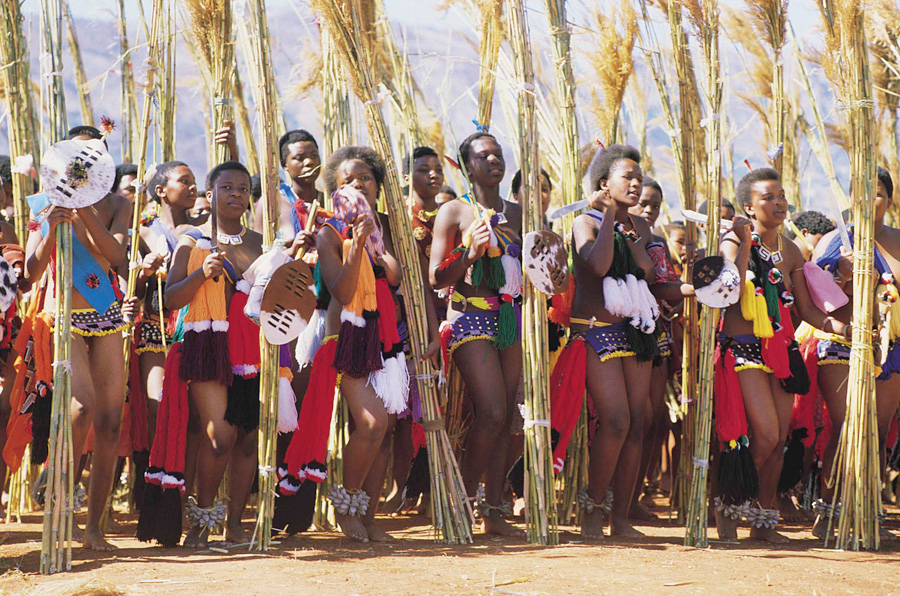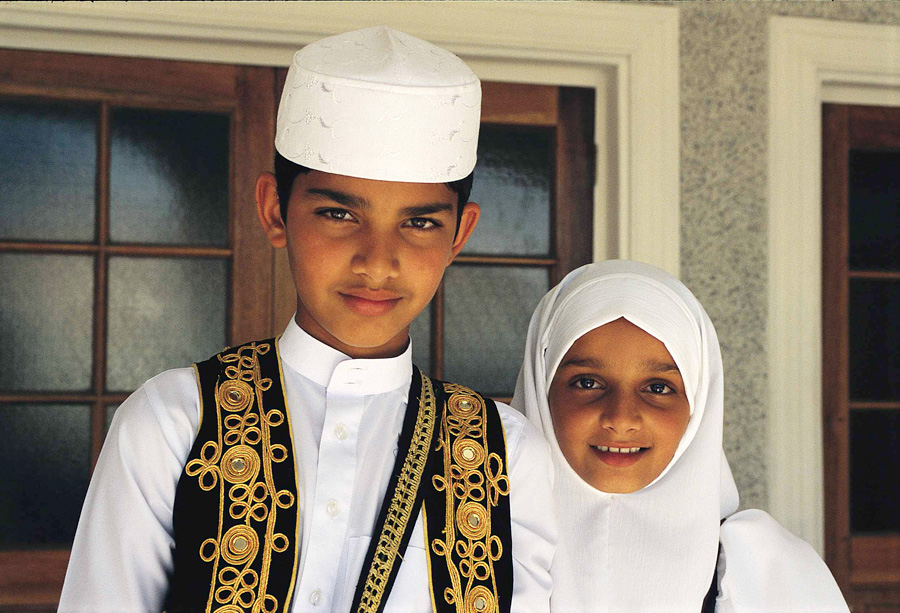Getting My South African Culture Today To Work
Getting My South African Culture Today To Work
Blog Article
Little Known Questions About South African Culture Today.
Table of Contents6 Easy Facts About South African Culture Today ShownMore About South African Culture TodaySouth African Culture Today Fundamentals ExplainedSouth African Culture Today Fundamentals ExplainedSouth African Culture Today Things To Know Before You Get ThisAll About South African Culture Today
An issue of importance in Zambian towns is the passing away of loved ones. All participants of the town put money, time and initiative together for the funeral of the deceased.Throughout the grieving duration; men remain outside your home and the women remain inside your home of the deceased. After speaking about the deceased, the town walks to the place of funeral to state their last goodbyes. Songs and dance is a very vital element of the Zambian culture. The numerous tribal systems have their own dancing types; however, makishi is usual amongst all people.
9 Simple Techniques For South African Culture Today
When it concerns songs, drums are used the most, with a variety of drumming ceremonies. In Zambia, majority of the people are Christian; Protestant and Roman Catholic. There are little teams of Muslims and Hindus, with the rest complying with regional indigenous tribal ideas.

South African heritage and culture is profoundly diverse, and is composed of several groups of individuals who each have their very own customs and ideas. Having such a variety of people and societies is what makes South Africa so distinct. In truth feeling of the phrase, we are a rainbow country.
Making it the 7th on the checklist of countries with the most Portuguese individuals in it outside of Portugal. Portuguese is not just a culture, however it is also a language and a citizenship. Portuguese individuals originate from the country of Portugal in Europe, nonetheless, due to Portugal (like many various other nations in Europe) exploring the world and overcoming other countries throughout the 15th 20th centuries, South Africa has what we call Portuguese South African's living in it.
A Biased View of South African Culture Today
Amongst the prominent features of the topography is a plateau that covers practically two thirds of the center of the country. The plateau complicated increases toward the southeast, where it climaxes in the Drakensberg variety, part of an escarpment that separates the plateau from the coastal areas. The Drakensburg includes Champagne Castle, the highest top in the country.
The region north of the Witwatersrand, called the bushveld, slopes downward from east to west towards the Limpopo River, which creates the global boundary. The western area of the plateau, the middleveld, likewise descends towards the west and varies in elevation in between the highveld and bushveld. In between the Drakensburg and the eastern and southerly shoreline, the land descends to the sea.
Nearer the coastline there is a low-lying plain called the eastern lowveld. Southwest of the plateau the country becomes considerably extra dry, paving the way to the stony desert of the Great Karroo, approached the eastern by the reduced, better watered plateau of the Little Karroo. Dividing the completely dry southern interior from the sandy littoral of the southerly coast and West Cape is one more variety, the Langeberg.
The South African Culture Today Ideas
The nation's racially, ethnically, and politically split history has actually produced nationwide and subnational symbols that still operate as symbols of the nation, and others symbols that are approved only by specific groups. The monuments to white inhabitant conquest and political prominence, such as the Afrikaner Voortrekker ("pioneer") Monolith go to website in Pretoria and the Rhodes Monument honoring the British colonial realm contractor and Cape head of state Cecil Rhodes, remain sectarian icons.
The first contemporary residents were the San ("bushman") hunter-gatherers and the Khoi ("Hottentot") individuals, who herded animals (South African culture today). The San might have been present for hundreds of years and left evidence of their existence in hundreds of ancient cave paints ("rock art"). Bantu-speaking clans that were the ancestors of the Nguni (today's amaZulu, amaXhosa, amaSwazi, and site link vaTsonga individuals) and Tswana-Sotho language teams (today's Batswana and Southern and Northern Basotho) migrated below eastern Africa as early as the fifteenth century

Both former republics of the Orange Free State and Transvaal (South African Republic) were developed by Afrikaner settlers who defeated and dispossessed the Basotho and Batswana. Lesotho would have been by force integrated into the Orange Free State without the expansion of British defense in 1869. The best marriage of the country arised from the South African War (18991902) between the British and the two Afrikaner republics, which decreased the country to destroy at the beginning of the twentieth century.
Afrikaners historically considered themselves the only true South Africans and, while giving full citizenship to all residents of European descent, refuted that standing to people of color until the autonomous shift of 1994. British South Africans keep a sense of social and social link to Great Britain without deteriorating their identification as South Africans.
Getting My South African Culture Today To Work
The diversity and fragmentation within ethnic groups and the balance of stress between those teams during the twentieth century stopped interethnic civil conflict. While intergroup stress over sources, entitlements, and political prominence stay, those problems are as likely to match Zulu against Zulu as Zulu against Xhosa or African versus Afrikaner.
From colonial India, British merchants and managers brought the curved metal ornamental roofing systems and slender shoelace work columns that still symbolize the terraces of cottages arounds and cities throughout the nation. Holy places add a vital building facet even in the tiniest towns. Along with the rising steeples and index timeless stonework of Afrikaans Dutch Reformed churches, Anglican churches, synagogues, mosques, and Hindu shrines offer variety to the religious building scene.

Slaughtering and the brewing of traditional cereal beer are vital in protecting the involvement and goodwill of the ancestors who are taken into consideration the guardians of good luck, success, and wellness. Indian neighborhoods maintain their indigenous cooking customs and apply them on Islamic and Hindu ritual and ritualistic events. Afrikaners and Coloured people gather at weekend breaks and unique events at multifamily barbecues called braais, where area bonds are reinforced.
Since this was the primary financial venture of both black Africans and white colonists, conflict in between those groups centered on the property of grazing land and livestock. In 1867, the largest ruby deposits in the world were uncovered at Kimberley in the west central location. The riches from those fields aided finance the exploitation of the greatest gold coral reef worldwide, which was discovered on the Witwatersrand in 1886.
Getting My South African Culture Today To Work
This led to misunderstandings and deliberate misrepresentation in the ventures of white settlers and federal government authorities with African chiefs during the early american period (South African culture today). In the establishment of African books, some facets of communal and mainly "tribal trust fund" land tenure were protected, and also in white rural areas, types of public period were still practiced in areas with African neighborhoods
After the autonomous change of 1994, programs for land restitution, redistribution, and reform were set up, yet progress has been slow-moving. The white minority still regulates eighty percent of the land. In the wake of agricultural land intrusions in Zimbabwe, the Division of Land Matters has pledged to speed land redistribution.
Report this page